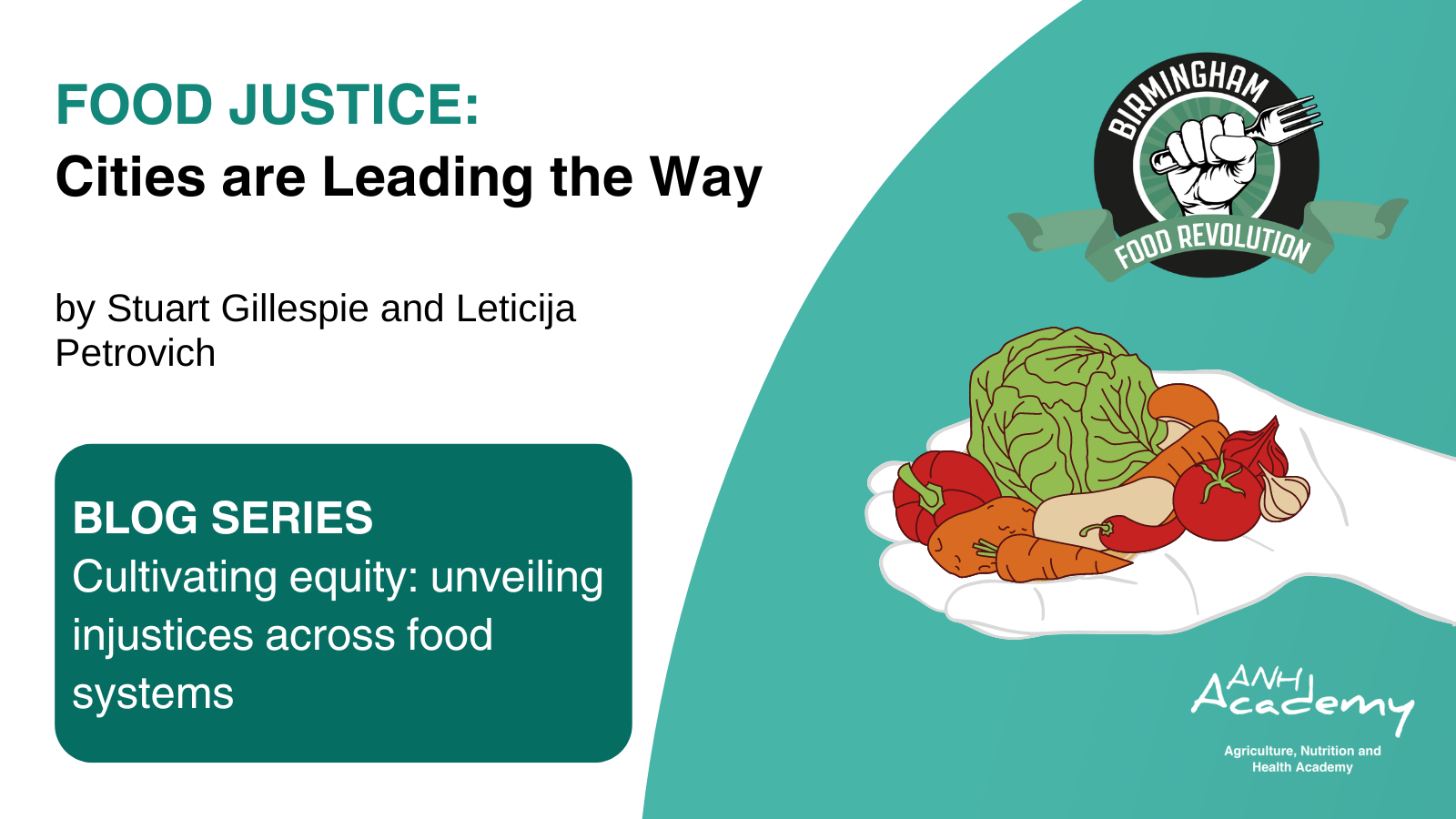Food security, simply put, is access to adequate food to meet dietary needs.[1] In the 1970s, action toward food security focused on staple grain production and availability, which increased dramatically due to the Green Revolution. In the 1980s, emphasis moved to the concept of entitlements: that income and other individual factors would determine whether an individual could gain access to adequate food .[2]
Accordingly, donors’ and governments’ core strategies to address food security have been to raise incomes and increase food availability – the latter typically measured in terms of staple grain stocks and calories. It is assumed that as incomes increase, people will use their income to purchase nutritious diets and shape what is produced. Thus, access to adequate food is supposedly assured.
There is a problem, though. More calories and greater income does not necessarily translate into more nutritious diets and better nutrition outcomes.
Over time micronutrient deficiencies have remained widespread, while diabetes, overweight, and obesity are on the rise globally in all regions. According to the 2015 Global Nutrition Report, there is no country on earth that escapes a significant burden of malnutrition in some form. Together, undernutrition and overnutrition affect an estimated half of all people on the planet, and reflect poor access to and consumption of adequate diets.
Based on current food availability and population statistics, it is theoretically possible for all people in the world to consume sufficient calories. It is impossible, though – even given equal distribution of foods – for everyone to consume recommended nutritious diets.
If poverty were eradicated tomorrow, still not everyone could meet their dietary needs
The missing piece, in food security policies and programs, has been the food environment. Access to adequate food depends not only on income, but also on what kinds of foods are obtainable (the food environment).
The “food environment” refers to the kinds of foods that are available, affordable, convenient and desirable to people.[3],[4] The food environment constrains what consumers can purchase in the market or access from home production; no matter how much income a person has, he or she cannot access a food if it is not there. The availability of fruits, vegetables, legumes, and animal-source foods are all lower than needed for everyone to consume recommended diets.[5] Furthermore, the factors of price, convenience, and marketing of foods influence food choices in ways consumers are often not cognitively aware of. The growth of “big food” globally has changed the food environment such that people are more likely to consume junk food owing to its convenience, marketing, cheap prices, and sheer availability.
Until now, food security discourse and investment has not focused on diverse, nutritious foods. But it needs to: there are genuine supply-side barriers to increasing availability of more nutrient-dense foods that are most commonly missing from diets around the world. Vegetables, fruits, and animal-source foods tend to be perishable, often requiring cold chains and introducing risks to farmers, particularly smallholder farmers in resource-poor settings. Legumes are often more susceptible to disease, and have received much less R&D attention than needed to help solve these production problems. Often subsidies and other incentives are skewed toward staple grains. [6]
 Actions toward improved food security, therefore, need to go beyond staple grains and income growth, and turn attention toward investing in healthy food environments: making diverse, nutritious foods more available, affordable, convenient, and desirable.
Actions toward improved food security, therefore, need to go beyond staple grains and income growth, and turn attention toward investing in healthy food environments: making diverse, nutritious foods more available, affordable, convenient, and desirable.
To support and steer this shift, new indicators are needed to reflect healthy food environments.[7] Currently global food monitoring mainly consists of tracking access to adequate calories (FAO’s undernourishment indicator), as well as monitoring of staple crop availability and prices carried out by WFP and other national stakeholders, and prices of food baskets that have little to do with nutritional recommendations.
The IANDA project – Indicators of Affordability of Nutritious Diets in Africa – is a project funded by an IMMANA grant to start creating indicators to track progress toward access to nutritious food to meet dietary needs. The grant is based at Tufts University, operating in Ghana and Tanzania with partners from University of Ghana and Sokoine University of Agriculture (Tanzania), as well as Johns Hopkins University and Columbia University.
Our primary aim in IANDA is to use existing national price data to develop and validate indicators that measure the availability and affordability of nutritious, diverse foods in markets throughout the year. Ultimately we aim to generate recommendations for indicator construction and for modifying food price monitoring systems that will enable tracking of access to diverse nutritious diets. IANDA will test the proof of concept in two countries, and if successful, can be a model to be scaled up in other countries.
Given the nutritional problems in the world today, it is time to measure the extent to which people are able to access nutritious food; not only by their income, also by what is in the food environment. IANDA will begin to provide a yardstick by which food security investments can measure their impact on the food environment.
By Dr. Anna Herforth, Independent Consultant, Global nutrition and food security. Anna is a member of the ANH Academy Working Group on Food Environments which is focusing attention on the domains and metrics for Food Environments. Further consultations will be held at the ANH Academy Week.





